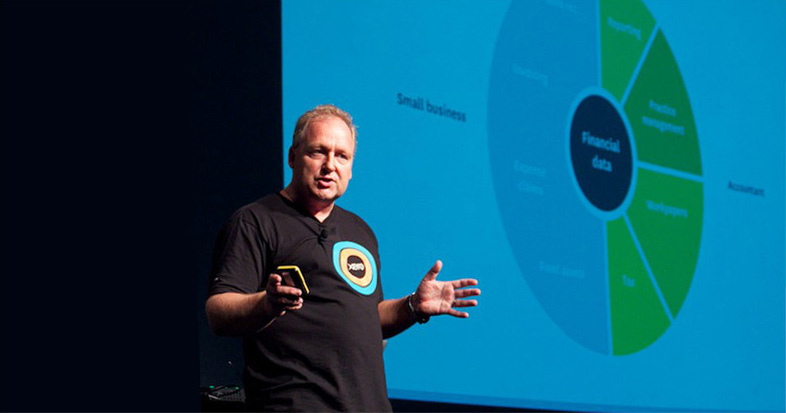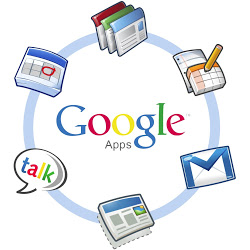“I personally believe we haven’t seen a major change in how companies work since the industrial revolution,” says Yammer co-founder Adam Pisoni. “We’re, I think, on the brink of a change as large as that.
Pisoni was speaking at Microsoft’s Australian TechEd conference on the Gold Coast and gave an insight into how Yammer’s development philosophy is being implemented at Microsoft since the smaller company was acquired last year.
He believes all businesses can benefit from collaborative, cloud based tools like Yammer however software companies like Microsoft are the ones being affected the earliest from their adoption.
“We sometimes joke that Yammer’s development methodology is post-Agile, post-Scrum” says Pisoni. “Because they were not fast enough and don’t respond to data quickly.”
Understanding modern workplaces
This will strike fear into the minds of managers who are only just coming to understand Agile and Scrum methodologies over the traditional ‘waterfall’ method of software development.
“We focused primarily in the past on efficiency,” states Pisoni. “In many ways things like scrum attempt to make you more agile but still focus on efficiency. Everyone is tasked based and hours and burn down points and all that”
“The name of the game now is not efficiency, it’s how quickly you can learn and respond to information.”
“Yammer is less of a product than it is a set of experiments running at all times. We take bold guesses about the future but then we try to disprove our hypotheses to get there.”
“So we came up with this ‘post-agile’ model of a small, autonomous, cross-functional teams – two to ten people for two to ten weeks who could prove or disprove an hypotheses based on the data.”
“This lets us quickly move resources around to double down on that or do something else.”
Flipping hamburgers the smart way
Pisoni sees this model of management working in areas outside of software development such as retail and cites one of his clients, Red Robin burgers, where the hamburger chain put its frontline staff on Yammer and allowed them contribute to product development.
The result was getting products faster to market – one burger that would have taken eighteen months to release took four weeks. The feedback loops from the customer and the reduced cost of failure made it easier to for the chain to experiment with new ranges.
With companies as diverse as hamburger chains, telcos and software developers benefitting from faster development times, it’s a warning that all businesses need to be considering how their employees work together as the competition is getting faster and more flexible.
It remains to be seen if this change is as great as the industrial revolution, but it’s now that can’t be ignored by managers and entrepreneurs.
Paul attended Microsoft TechEd Australia as a guest of Microsoft who paid for flights, accommodation and food.




